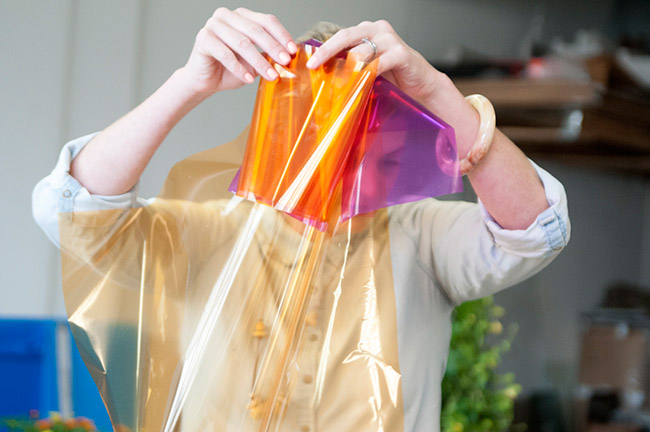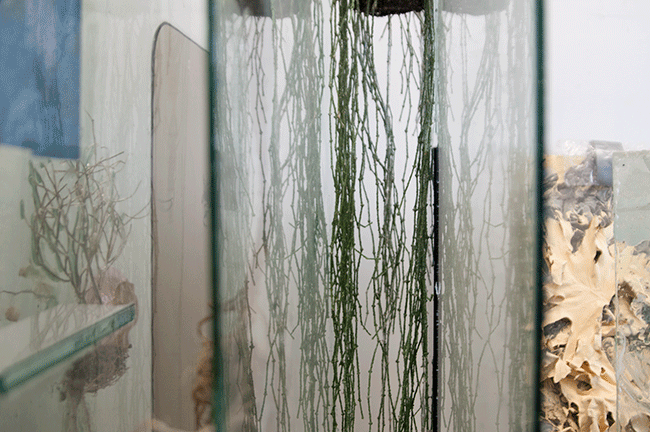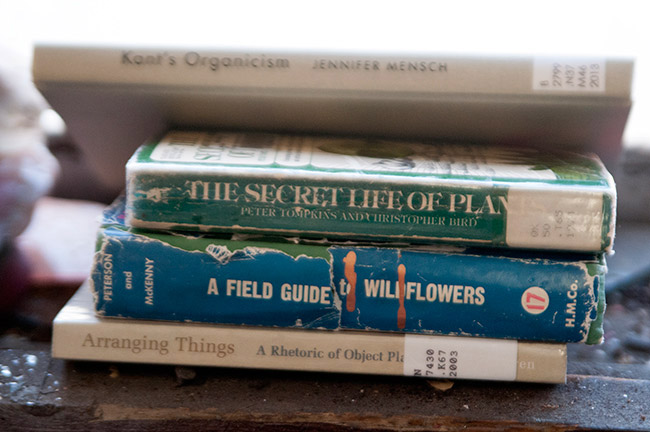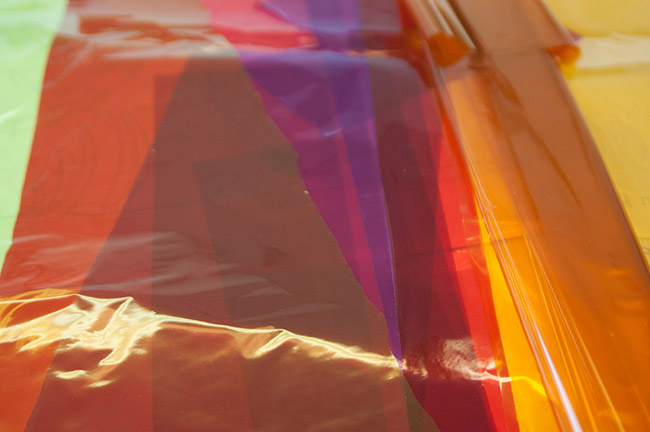Inside\Within is a constantly updating web archive devoted to physically exploring the creative spaces of Chicago's emerging and established artists.
Support for this project was provided by The Propeller Fund, a joint administrated grant from Threewalls and Gallery 400 at The University of Illinois at Chicago.

Search using the field below:
Or display posts from these tags:
3D printing 3D scanning 65 Grand 7/3 Split 8550 Ohio 96 ACRES A+D Gallery ACRE animation Art Institute of Chicago Arts Incubator Arts of Life audio blogging Brain Frame CAKE Carrie Secrist Gallery casting ceramics Chicago Artist Writers Chicago Artists Coalition Chicago Cultural Center Cleve Carney Art Gallery Clutch Gallery Cobalt Studio Coco River Fudge Street collage collection Columbia College Chicago Comfort Station comics conceptual art Contemporary Art Daily Corbett vs. Dempsey Creative Capital DCASE DePaul University design Devening Projects digital art Dock 6 Document drawing Duke University dye Elmhurst Art Museum EXPO Chicago Faber&Faber fashion fiber Field Museum film found objects GIF Graham Foundation graphic design Harold Washington College Hatch Hyde Park Art Center illustration Image File Press Imagists Important Projects ink installation International Museum of Surgical Science Iran Jane-Addams Hull House Museum jewelry Joan Flasch Artist's Book Collection Johalla Projects Julius Caesar Kavi Gupta Links Hall Lloyd Dobler LVL3 Mana Contemporary metalwork Millennium Park Minneapolis College of Art and Design Monique Meloche Museum of Contemporary Art Chicago (MCA) Museum of Contemporary Art Detroit (MOCAD) Museum of Contemporary Photography (MoCP) National Museum of Mexican Art (NMMA) National Resources Defense Council New Capital Northeastern Illinois University Northwestern University Ox-Bow painting paper mache Peanut Gallery peformance Peregrine Program performance photography PLHK poetry portraiture printmaking public art Public Collectors publications Renaissance Society risograph rituals Roman Susan Roots&Culture SAIC screen printing sculpture Sector 2337 Shane Campbell Silver Galleon Press Skowhegan Slow Smart Museum Soberscove Press social practice South of the Tracks Storefront SUB-MISSION Tan n' Loose Temporary Services Terrain Terrain Biennial text-based textile textiles The Banff Centre The Bindery Projects The Cultural Center The Franklin The Hills The Luminary The Packing Plant The Poetry Foundation The Poor Farm The School of the Art Institute of Chicago (SAIC) Threewalls Tracers Trinity College Trubble Club University of Chicago University of Illinois at Chicago (UIC) University of South Florida at Tampa Valerie Carberry Vermont Studio Center video weaving Western Exhibitions wood carving woodwork Yellow Book Yollocalli Arts Reach zinesInside\Within is produced in Chicago, IL.
Get in touch:
contactinsidewithin@gmail.com
Heidi Norton's Resin-Coated Instability

Heidi uses glass, wax, and resin to encase plants, often giving her pieces the appearance of microscopic slides or photographic wet plates. Once worried about the inevitable death that would consume her plant-driven pieces, Heidi has since let go of her grasp on the plants’ continuous existence. The darkening of leaves and decay of root systems is now an accepted force, gradually altering the aesthetic appeal of her nature-based work through its own sculptural life cycle.
I\W: Can you give a bit of the history associated with your upcoming show at the Elmhurst Art Museum?
HN: The Elmhurst Art Museum was built in the 90s after the museum acquired Mies van der Rohe’s McCormick House. The McCormick House was the domestic offshoot of the 860-880 Lake Shore Drive buildings. It too utilizes inexpensive technologies such as glass and aluminum, and was a prototype for a group of row houses planned for development in Melrose Park, Illinois. It’s horizontal layout was a study for van der Rohe’s high-rise towers, adapted to a horizontal row house form and here in this state people can see and touch the window structures up close. The museum was designed with Mies’s conceptual agenda in mind. The Hostetler Gallery, where I will be showing some of my work, takes up a significant part of the museum. It is all glass enclosed windows, so there are no walls. I was very interested in that in terms of the materials that I use within my work, and particularly in these notions that Mies had in regards to nature, his famous quote is “Nature, too, shall live its own life.” This speaks to his intense desire to conflate and blur the boundaries between interior and exterior. His domestic architecture in regards to nature is talked about most often in association with his Farnsworth House, and the title of the show, Prismatic Nature, came from the descriptions and words that were used to talk about the house. Lights, colors, reflections, and projections literally and phenomenally distort vision. The Farnsworth House appears to be plopped down in nature, where there should be minimal obstructions or obtrusions—so the glass looks like it is suspended or floating, and there is minimal color. The window inserts I plan to install are meant to further diminish these notions of inside and outside.

How are you using this notion of landscaping for Prismatic Nature?
I am interested in the back-to-the-land movement in the ’70s, because that is the time period when my parents rejected the notions their parents raised them with—modern idealism and the perfect 1950s lifestyle. I am especially thinking of this movement and how it relates to the suburbs—what type of space that is and why it was created. I am thinking about how nature is landscaped and organized differently within the city, versus the manicured lawn of the suburbs and versus how one may habitat in a forest/rural woods area. I will be using materials that have been designed to disrupt or control landscape, or materials that give us greater control over it. You will see a lot of string, trellis, holes, landscaping stones and nails. You will also see annuals and perennials (some very generic like marigolds, and some much more wild and weedlike) as well as herbs and vegetables.
It took me awhile to embrace the instability of my work, or even get how it elevated my work conceptually. I am illustrating these cycles of life and death— and trying to highlight that death can be beautiful.

How are you incorporating the ideas of plant ethics within Prismatic Nature?
I think that because this show is going to be up for such a long time—it is going to run from June until August— the death of the plants will be especially highlighted. My show at the MCA was also up for a long time, but that show utilized much more paint within the work. The paint became an aesthetic backdrop that you could still look at when the plant died. With this upcoming show there is going to be a lot more transparency in the pieces. I like that it was erected at the beginning of the planting season where we see sprouts of a garden, bushes and trees barely in bloom, and that it will end late August just before the sun has fried the plants and the season begins to change.

What kind of upkeep will the show require?
The pieces that I am hanging in the Hostetler Gallery will have minimal upkeep. There will be the plants within the artwork, but there will also be plants sitting on top of plexiglass at waist level and hanging above the audience’s head. The plants I am going to use will include a lot of tomato and strawberry plants— these plants that you might utilize in a garden—whether here in the city or in a more rural area. I have a feeling that there might be a little bit more twisting of the heart with the death of a tomato plant, or a tomato plopping down on the ground and rotting in front of someone. A lot of these plants cross between wild and domesticated. They also can be consumed and work well in landscaping.

How have you grown to accept the instability of the work you produce? Have you always been able to accept the pieces of your work that will inevitably die?
It took me awhile to embrace the instability of my work, or even get how it elevated my work conceptually. I am illustrating these cycles of life and death— and trying to highlight that death can be beautiful. It is challenging to make a work with an element that will probably die, especially when you think about art as being collectible or placed on a pedestal. I didn’t know or understand how significant these cycles were in the beginning. I started off with tropical plants and painting them completely white or black, and then later used a lot of cacti because I could control their death. They die from the inside out. I have ones from 2012 that look the exact same from when I displayed them (actually better). Artistically, I grew out of the painting the plants and using only cacti or succulents, using other plant species was important. And after awhile I just couldn’t control their life or death anymore. I couldn’t get to the studio and water the plants as much as they needed. Every time I put a plant in a piece of artwork I would stress out thinking that it was going to die, so all my time became consumed with how to build irrigation systems, or how to put enough soil in the wax to maintain its life. Now I embrace it. I think about the colors and textures of life and death. Why can’t brown or dry be seen as aesthetically engaging?


How do some of your larger glass pieces mimic microscopic slides?
I think they do for sure, especially the ones where there is more paint and the plants are really resined, adhered, and suffocated to the surface. They are smushed onto this flat plane. However I think the pieces are much more about this optical thing that happens, a conversation between the 2D and the 3D. The flat side looks so flat that it looks enlarged/macroscopic in some way—like the space has been expanded visually in a flat plane. Because the other side is so pressed and flat, its opposite becomes explosive in some ways— three-dimensional. The pieces also look a lot like photographic wet plates.

Have you found a way to perfectly preserve any of your plants?
I had one piece of work that I made in late 2010, that stayed green for a really long time. There is not going to be a perfect physical preservation, but there could be the preservation of another aspect of the artwork: the aura, the history that it holds, or the marks that the plant has made in the work. We know the plant it is not going to live forever, so there is something about what it can hold that is bigger than its own life. What does it mean to be put in a piece of art? What does it mean that it is going to sit in the work forever, or until I decide to destroy it or recycle it into another piece?

Are you more inspired by plants that are in their natural habitat, or have been brought into a conservatory, etc.?
I think I am more inspired in the natural habitat. I don’t know if its just about plants, it’s more about the environment and all of the relationships that are happening at once. I think I am much more in tune with that in those spaces— the air, the plants, thinking about photosynthesis, thinking about the relationship to my body and the sun. I really do like conservatories and I think their histories are interesting, but there are levels of modification. There is this idea of trying to corral nature and bring it inside. There is a level of interference. Where does nature begin, and where does nature end?


